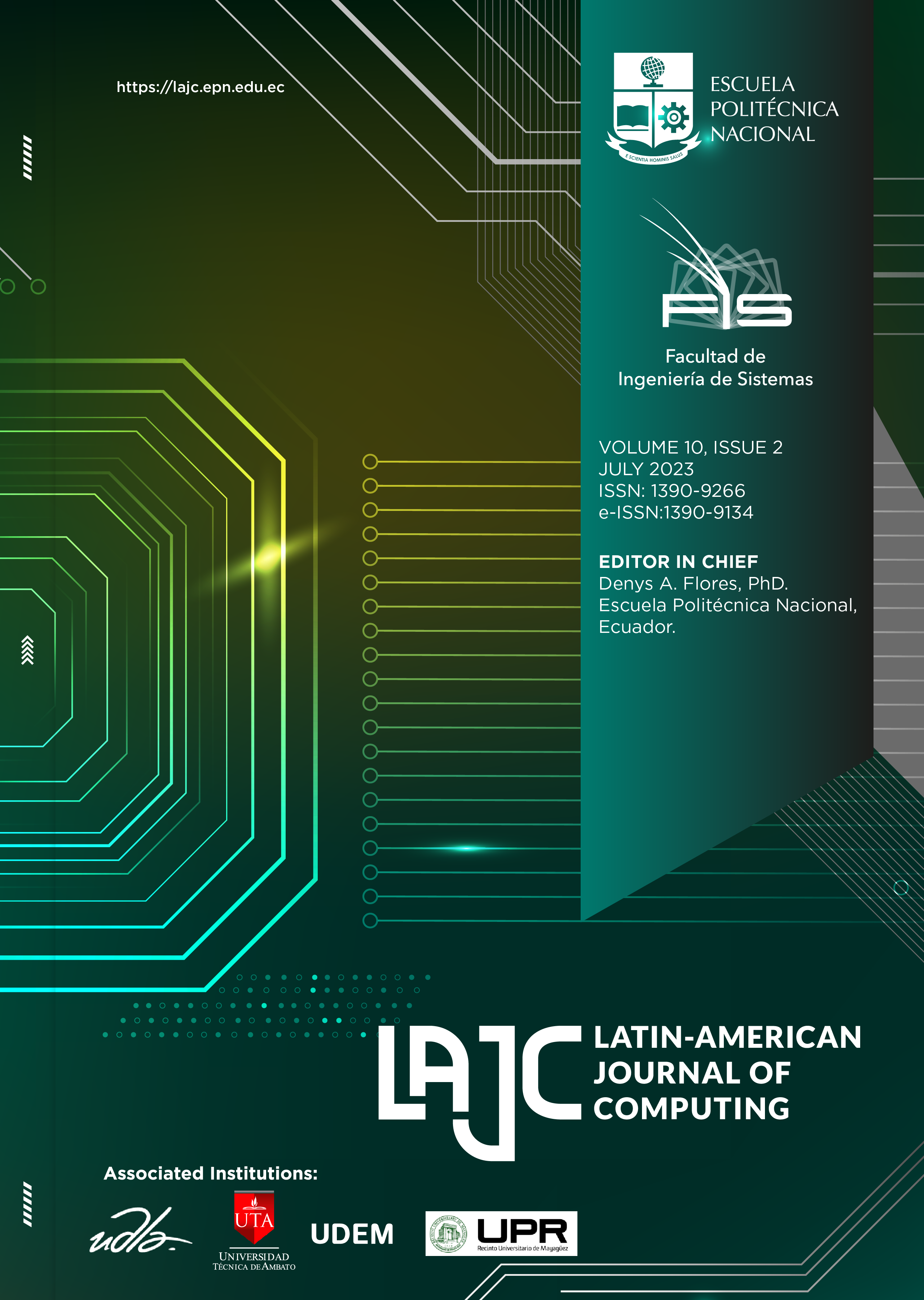Analysis of U-Net Neural Network Training Parameters for Tomographic Images Segmentation
Keywords:
Deep Learning, Biomedical Image Segmentation, Fully Convolutional Networks, U-Net, Computed TomographyAbstract
Image segmentation is one of the main resources in computer vision. Nowadays, this procedure can be made with high precision using Deep Learning, and this fact is important to applications of several research areas including medical image analysis. Image segmentation is currently applied to find tumors, bone defects and other elements that are crucial to achieve accurate diagnoses. The objective of the present work is to verify the influence of parameters variation on U-Net, a Deep Convolutional Neural Network with Deep Learning for biomedical image segmentation. The dataset was obtained from Kaggle website (www.kaggle.com) and contains 267 volumes of lung computed tomography scans, which are composed of the 2D images and their respective masks (ground truth). The dataset was subdivided in 80% of the volumes for training and 20% for testing. The results were evaluated using the Dice Similarity Coefficient as metric and the value 84% was the mean obtained for the testing set, applying the best parameters considered.
Downloads
Published
Issue
Section
License
Copyright Notice
Authors who publish this journal agree to the following terms:
- Authors retain copyright and grant the journal right of first publication with the work simultaneously licensed under a Creative Commons Attribution-Non-Commercial-Share-Alike 4.0 International 4.0 that allows others to share the work with an acknowledgement of the work's authorship and initial publication in this journal.
- Authors are able to enter into separate, additional contractual arrangements for the non-exclusive distribution of the journal's published version of the work (e.g., post it to an institutional repository or publish it in a book), with an acknowledgement of its initial publication in this journal.
- Authors are permitted and encouraged to post their work online (e.g., in institutional repositories or on their website) prior to and during the submission process, as it can lead to productive exchanges, as well as earlier and greater citation of published work.
Disclaimer
LAJC in no event shall be liable for any direct, indirect, incidental, punitive, or consequential copyright infringement claims related to articles that have been submitted for evaluation, or published in any issue of this journal. Find out more in our Disclaimer Notice.










